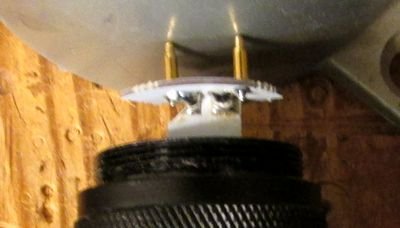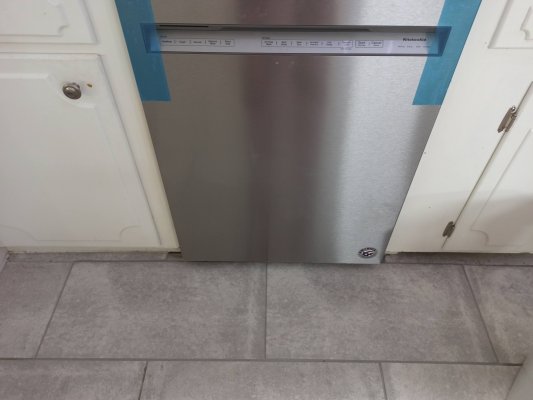My pool pump quit. It's a Hayward SP3400VSP, a nice big 2.7-HP variable-speed pump. My record shows that I paid $1455 for it including tax and installation in 2014. The display shows an error message that many owners reported on the Web.
Searching for clues led me to stories about the failure of the pump electronics being confined to the final output drive module. My pump lasted more than 6 years, but a few owners were irate that theirs lasted just a couple of years, not long after the warranty expired. And the electronic assembly cost more than $700. This pump is discontinued, and replacing the electronics assembly is not even an option to me anymore.
But, but, but, is it possible to replace the hybrid output drive module, which should be a lot less than the entire assembly? The hybrid module has also been discontinued by the chip maker, but many sellers are still offering it on eBay and Amazon, for a price of $20 or so. They even say "for repairing pump SP3400VSP".

Yes, some guys have done it, and it takes quite a bit of work to remove the circuit board from its encasing aluminum plate. But for the reward of not having to spend another $1500, I am willing to take up the challenge.
After ordering the chip, I set out to tear apart the pump. Darn, this is a very well built pump, with the electronics encased in an aluminum clamshell to make it weatherproof. The circuit board was turned upside down, and several large parts (toroid inductors, electrolytic caps) were potted with epoxy into pockets of the aluminum support case for robustness against vibrations.
Quite a bit of brute force was needed to separate the board from the tenacious grip of the high-temperature solder used on the large terminals of the potted parts. When I was done, I wondered if some inadvertent damages had been done to other more delicate surface mount parts. And then, on Youtube, quite a few guys said that the hybrid module would fail again after a couple of years. Arghhh!
Well, I have gone this far, so when the ordered module arrives, will still continue with this repair to see if it works. But, I think I'd better make a backup plan. And that is, perhaps I can use an after-market VFD (Variable Frequency Drive) on this pump motor.
Enter the Huanyang VFD, which I bought on Amazon for $200. This 4-HP VFD is oversized for the pump, which costs me a bit more money for safety margin and reliability.
It arrived yesterday, even before the hybrid module which should be here tomorrow. Of course, I had to try to immediately hookup this VFD to the motor to see if it works.
It took quite a bit of fumbling around to play with different parameters on this universal VFD, so that it can drive my pump motor, which is a permanent-magnet 3-phase motor. At some point, I thought I would have to give it up, and to return this VFD.
In the end, I got it working with a lot of severance and a few hours of experimenting. The pump is running as I write this. And it's time too, as my pool needs some cleaning after a week of not having the pump running.

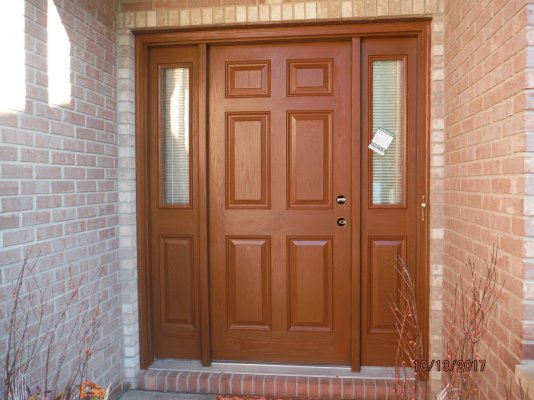
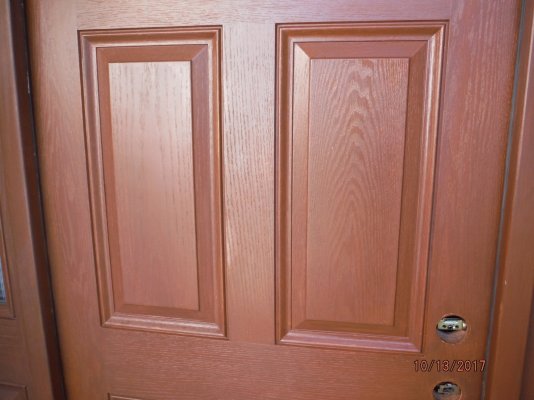
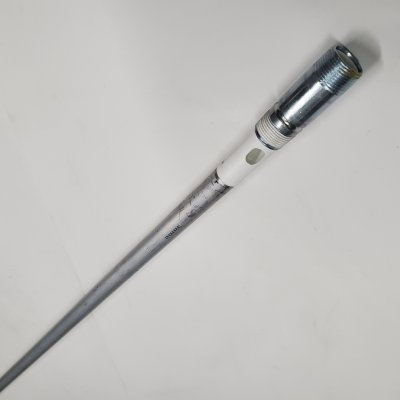

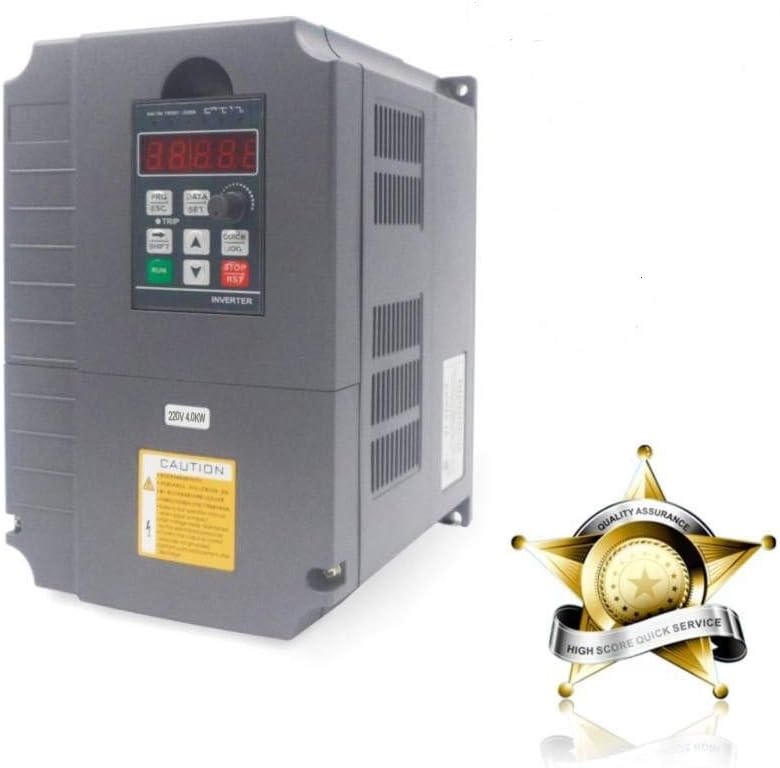

![20210327_142016[1].jpg](/data/attachments/32/32880-30075918e3675ca43704d16ff5e84f46.jpg)
